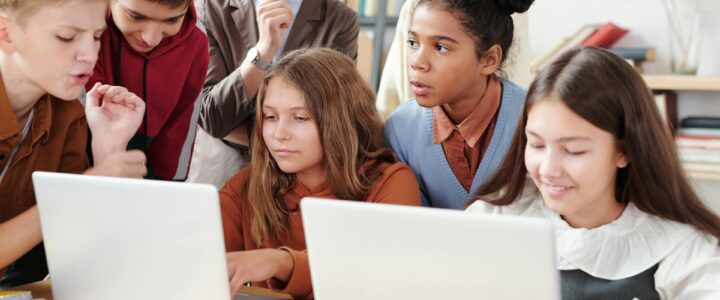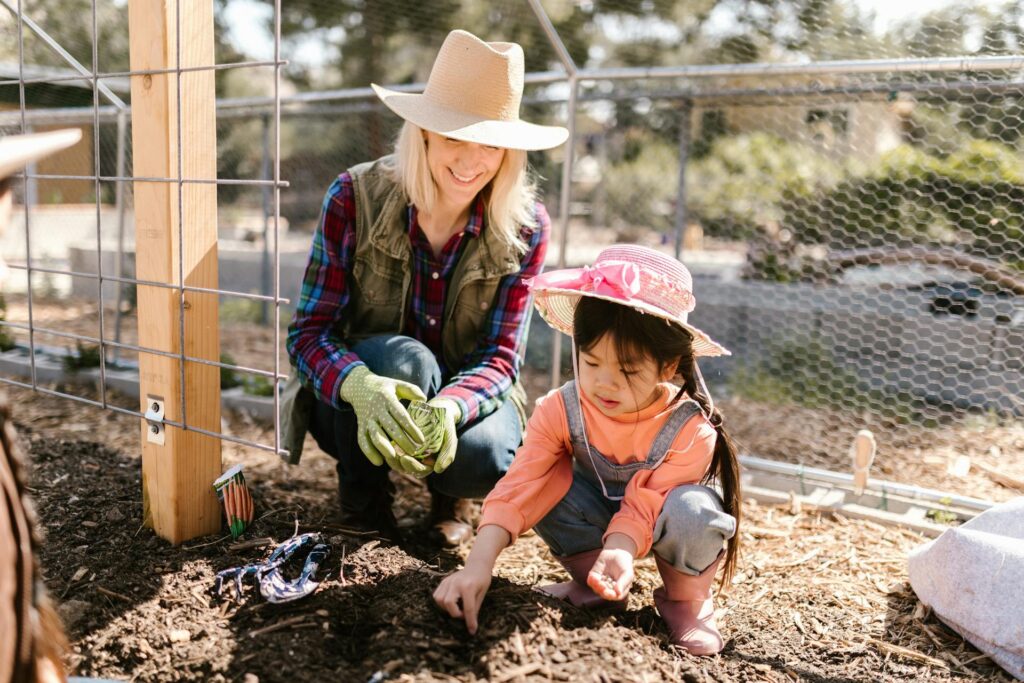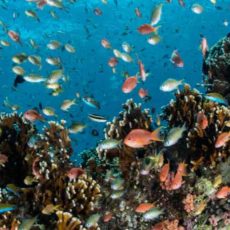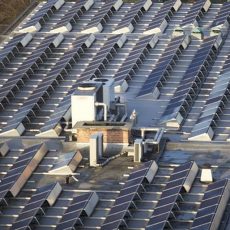
Climate change is a global phenomenon that affects the entire population. Generations of people work to fix the mistakes of previous generations. While it is of dire importance to work towards creating change in the world, we must also remember that we have a responsibility to educate and train the next generation to do the same for the betterment of the future. Sustainable Development Goal (SDG)13 is focused on climate action and with extensive research, it is something we can implement into the everyday lives of children. Implementing programs that teach the younger generation about climate change can help communities make a meaningful impact on the climate crisis.
Children learn best when participating in hands-on experiences. Schools and educators can get students involved in their community, through activities like cleaning up local environments, beaches, parks, and planting trees. These experiences will be memorable, and teachers will be able to educate the students on why it is important to participate and take action in their community. Some ideas of activities that will engage students while teaching them about sustainability could be planting an at school garden, raising butterflies in the classroom, going on a nature scavenger hunt, having a “repurpose for a paper” station, and participating in recycling activities. A private k-8 school in Los Angeles, California runs a program where kids are tasked with filling 5 foot tall containers with food waste so they can have a “harvesting ceremony”. Local farmer-turned -composting consultant has taught the teachers and students how to effectively compost. More than 5,000 pounds of food has been turned into compost so far and it’s teaching the kids why composting is good for the climate, because food waste releases methane, which is 80 times more potent than carbon dioxide. When the containers are full they have the harvesting ceremony which gets them excited to see all their hard work in action. (Wells, 2023). This is a perfect example of what an effective program involving climate action can look like in younger generations. These activities can be topic starters for children in middle school and above, if the students can understand why they are participating in these activities they can better understand what is going on in the world around them – even if they aren’t directly using the term “sustainability. If educators can get students to even understand why it’s important it is a step in the right direction. As the students progress and get older they can slowly be introduced to terms like “sustainability” and “climate change”. It’s important to engage students in a way that is fun because students can absorb more information when opinions and ideas are being offered to them, not forced upon them.

There are many more effective climate change programs that children are welcome to join or follow. The United Nations provided a program for global action with the 2030 Sustainable Development Goals. The UN program offers an affordable and manageable way for the average person to participate in a sustainable and inclusive future (2030 Agenda, 2015). The goals include ending poverty; ensuring environmental conservation; and taking climate action. Expanding a family’s views on climate action is very easy. The program engages you with a reduced emission plan. The policy framework can look at your lifestyle and give personalized recommendations on how to lower emissions (2030 Agenda, 2015). The program highlights eliminating carbon emission and our “Take, Make, Waste” world. This is an important concept to grasp at a young age. Waste stays around on our plant and could cause its downfall with resource shortages, environmental habitat loss, and global climate crisis. By starting small and just focusing on reducing daily carbon emission and waste a child can start to grasp the importance of sustainable development.
Social media can also be a powerful tool for reaching out to youths and children as well. Campaigns that leverage positive influences can inspire others to adopt greener habits, creating platforms for young people to voice their ideas and solutions can also empower and reinforce their role in advocacy for the environment. Interactive and hands-on learning experiences, such as participating in environmental projects, can make the concept of climate change more relatable. Joining in local community efforts, such as tree planting or clean-up drives can provide experiences that emphasize the impact of collective action. Encouraging responsible consumption and sustainable products in school and community settings can instill lasting habits. Overall, combining education, digital engagement, community involvement, and implementation of practices can effectively inspire younger generations to become proactive in climate change and sustainability efforts.



